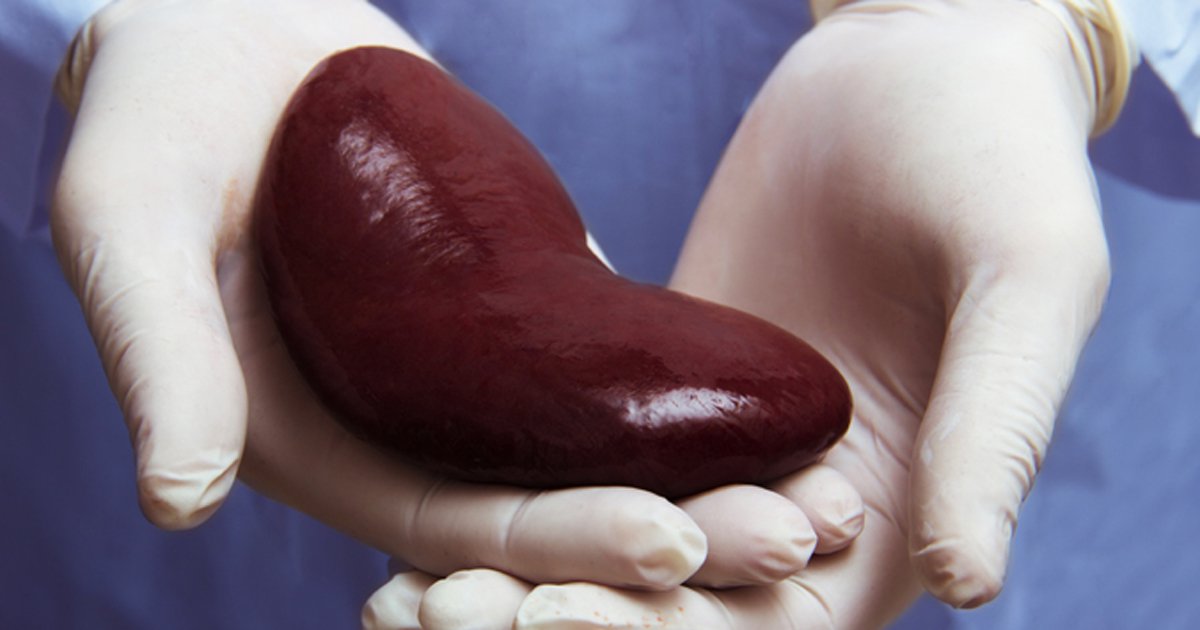Speaker highlights disparities in CKD, suggests mitigation efforts

After addressing disparities regarding which patient populations are most likely to develop chronic kidney disease, a speaker at the virtual National Kidney Foundation Spring Clinical Meetings touched on a strategy to mitigate such disparities, an effort she deemed “a great success.”
Deidra C. Crews, MD, ScM, associate professor of medicine in the division of nephrology at Johns Hopkins University School of Medicine, first noted that although African Americans comprise just 13% of the U.S. population, they make up 32% of those who experience kidney failure. In addition, she said, Hispanics and Native Americans, as well as low-income individuals, are twice as likely as whites to develop ESKD.
According to Crews, these disparities persist and disparities in receipt of pre-dialysis care have even “worsened over the last decade.”
“In recent years,” she said, “there has been growing recognition in terms of social and behavior determinants of health.” She argued that while health care is important, it only accounts for 10% of the factors that play a role in whether a person experiences premature mortality. She provided the audience with other crucial factors to consider, including the social circumstances a person lives under (potentially leading to chronic stress which some studies suggest may be associated with CKD progression), their behavioral patterns and their environmental exposures. “All of these actually play a much greater role than does health care,” Crews contended.
She said that, of all populations in the United States, American Indians and Alaskan Natives have the highest rate of ESKD that can be attributed to diabetes (ie, the most common-known cause of kidney disease). However, a public health intervention implemented by the Indian Health Services led to a significant reduction in ESKD risk, according to Crews. In comparing 1997 to 2013, the rate of ESKD attributable to diabetes in this population “has been cut in half.”
The intervention consisted of a “very comprehensive specialized diabetes program,” which included a number of different services “proven to lead to improvements in the management of diabetes” (eg, diabetes clinical teams, patient registries, nutrition services, physical activity specialists and tailored diabetes education materials).

“If you look back to 1997, the proportion of clinics that were offering these types of services was limited,” Crews said. “Moving to 2013, when we started to see this reduction in ESKD attributed to diabetes, you can see that an overwhelming majority of clinics were offering these services. This was thought to have been what led to this great success in reducing ESKD in this population.”
She also examined the role food insecurity plays in CKD development, an issue which impacts 40% of households in the United States. Research conducted by Crews and colleagues demonstrated that people with CKD who were experiencing food insecurity (disproportionately faced by minorities and low-income patients) had a greater risk of developing ESKD later in life. She noted that food insecurity tends to peak during national challenges, such as the Great Recession of 2007 to 2009, leading her to predict a spike in the number of people experiencing food insecurity with the occurrence of COVID-19.
She concluded: “There’s been increasing recognition that health can’t be improved without considering the many factors that exist outside of health care, as well as an increasing focus among clinicians in broadening the focus of their practice beyond individual patients to think more about communities or populations. This has been fueled, I think importantly, by some financial incentives around population health management.”
Although challenges persist, Crews expressed optimism about several emerging efforts — “some quite successful” — that could help reduce these disparities in kidney disease. – by Melissa J. Webb
Reference:
Crews D. Session #236. Presented at: National Kidney Foundation Spring Clinical Meetings; March 26-29, 2020 (virtual meeting).
Disclosure: Crews reports no relevant financial disclosures.

